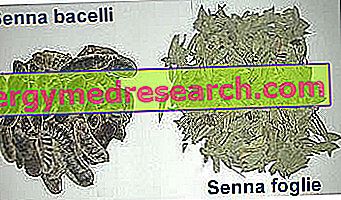Related articles: Annular Granuloma
Definition
The annular granuloma is a chronic disease of the skin, of a benign nature.
This pathological condition is characterized by the appearance of papules or nodules that join together in annular or arciform formations. In most cases, the annular granuloma manifests itself with single or multiple lesions on the dorsal surface of the hands, feet, ankles, legs or fingers.
The etiology of the annular granuloma is still unknown, but various hypotheses have been proposed at the origin of this manifestation. These include cell-mediated reactions to antigens that are still not well identified (type IV hypersensitivity reactions), immunocomplex vasculitis and tissue monocyte abnormalities.
The annular granuloma is not associated with systemic diseases, except for alterations of glucose metabolism (diabetes or prediabetic state). In some cases, prolonged exposure to sunlight, insect bites, TB vaccination, trauma (eg shoe friction), Borrelia burgdorferi infection and some viral diseases can trigger the disease.

See More Granuloma Annular Photos
Most common symptoms and signs *
- Erythema
- Nodule
- papules
Further indications
The annular granuloma is manifested by contiguous papules and cupoliform nodules, of a pale red color or of the same color as the surrounding skin. These skin lesions evolve slowly and form a ring around portions of normal or slightly depressed skin in the center. The outer edge is congesto (rosy or purplish). In the center, the skin is smooth, but does not present other alterations.
Generally, the lesions are painless and do not cause itchy sensations; only in some cases, annular granuloma can be mildly painful.
Usually, the lesions extend or infiltrate at a peripheral level, but sometimes they can become generalized and widespread.
The diagnosis is usually clinical and can be confirmed by skin biopsy. To the touch, the annular granuloma is perceived as a circular structure detected on the skin plane and formed by numerous hard and contiguous intradermal nodules.
Usually, no treatment is needed, as spontaneous resolution is frequent.
For patients with diffuse or painful lesions, faster healing can be achieved with the use of corticosteroids and topical and / or intralesional anti-inflammatory drugs. PUVA treatment (phototherapy with psoralen and ultraviolet A) can also be useful for patients with generalized disease.



